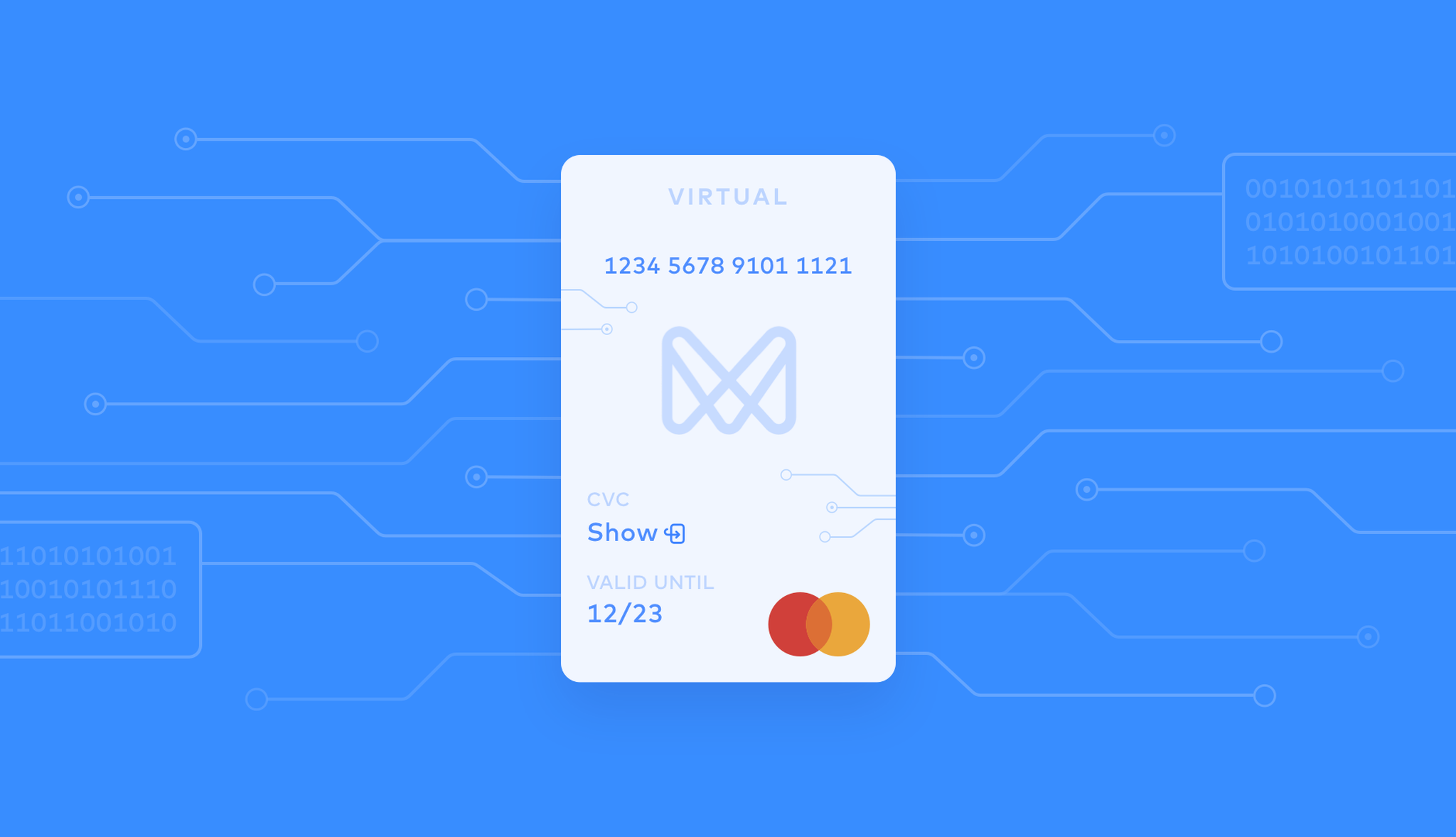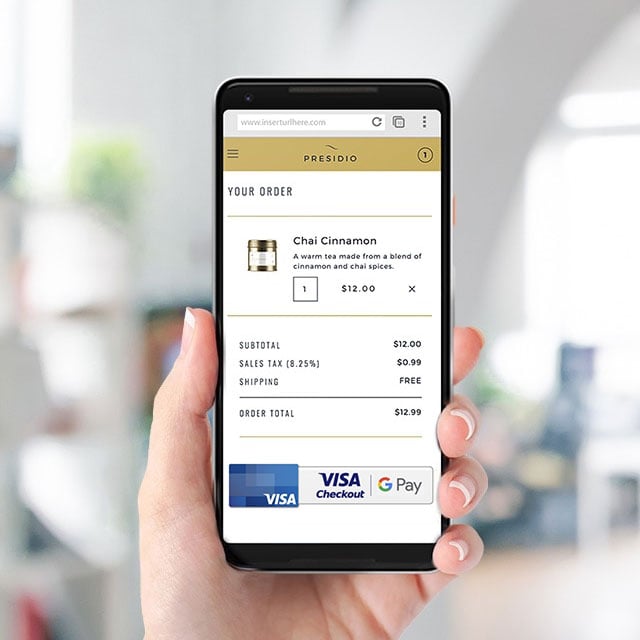


Important: After you successfully approve a payment to someone, Google isn’t responsible for disputes between you and the person you sent money to. To get the most protection for your data on an encrypted device, always require your PIN, pattern, or password to unlock your device when it starts. However, some devices may require you to turn on encryption in your device's settings. On an encrypted device, most personal data is encrypted.If your device is stolen, encryption can add protection.When you unlock your device, you decrypt your data. Data encryptionĮncryption stores your data in a form that can be read only when your phone or tablet is unlocked. Here are 4 ways that you can keep your payment info safer. Provide you with other Google Pay features.įor more info, go to the Google Privacy Policy.Resolve a problem that you're having with Google Pay.Show you your transaction details and transaction history.

Facilitate your Google Pay transactions.Google may use data from Google Pay transactions that you make in stores or on third-party apps and websites to:

Opting out can affect your ability to use Google Pay to transact with certain merchants. You can opt out of Google making this disclosure in Google Pay privacy settings. This is so merchants can know whether to offer you Google Pay as a payment option. Google discloses to participating sites and apps whether or not you have Google Pay set up on your device. Participating merchants accept Google Pay for purchases of goods and services on websites and in apps. Info about your privacy Google Pay & merchants Learn how Google Pay helps keep your payment info safe, tips to avoid suspicious requests, and what to do if your phone is lost or stolen.


 0 kommentar(er)
0 kommentar(er)
